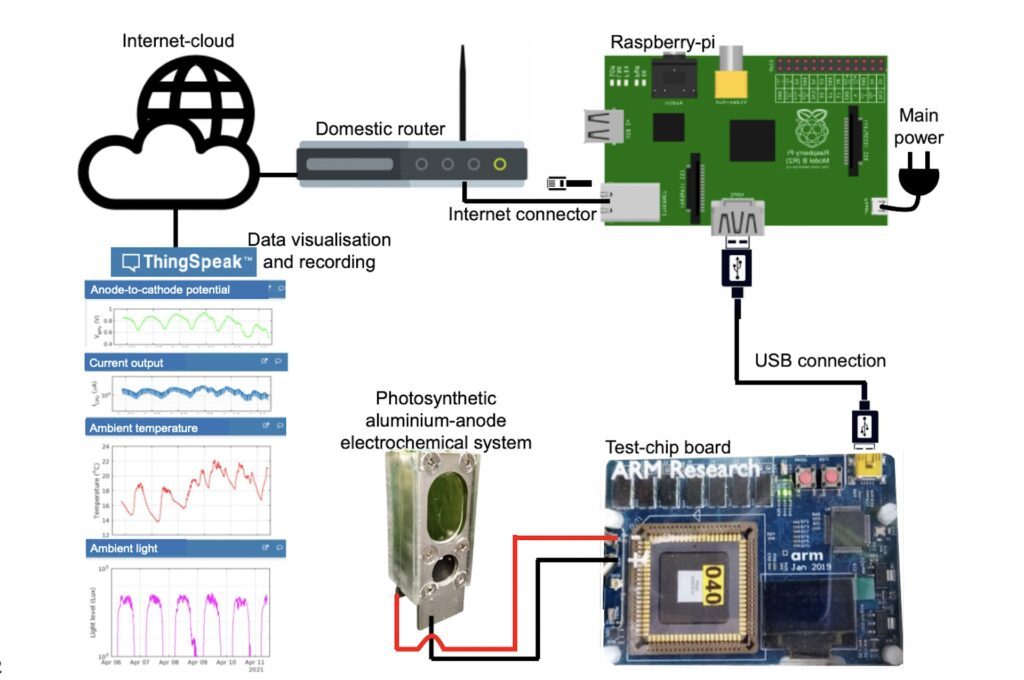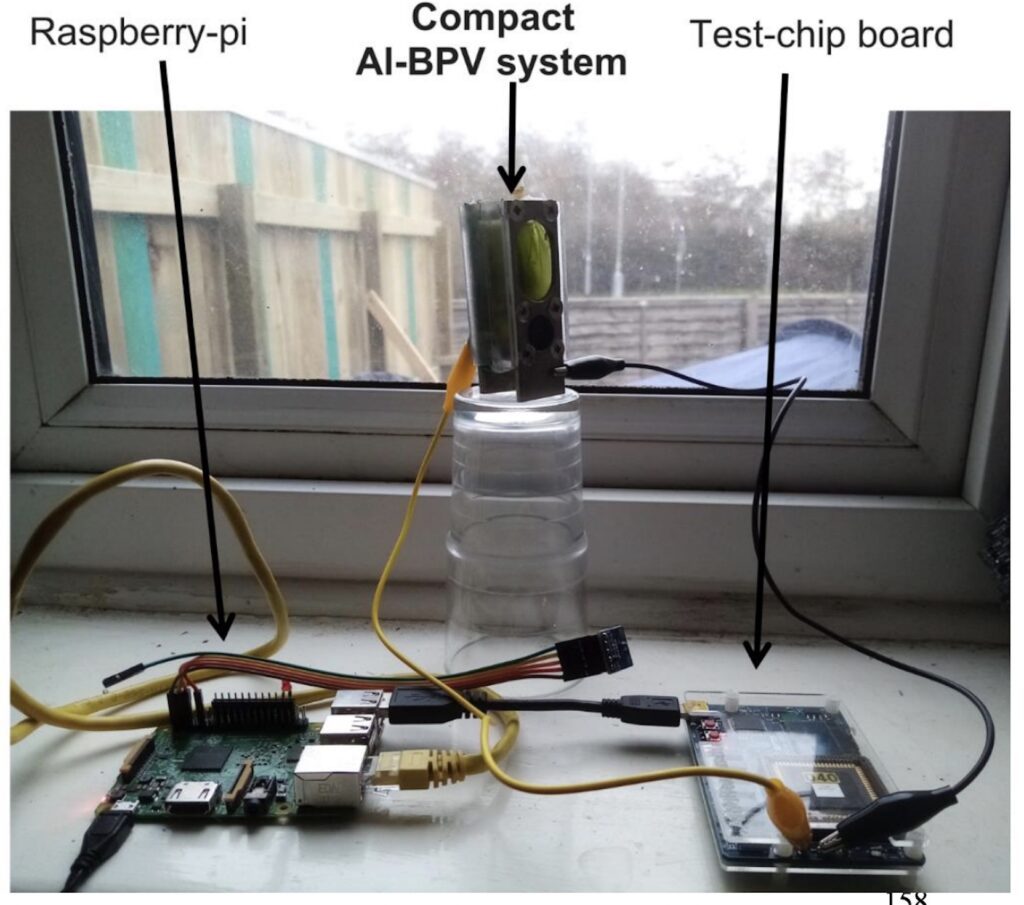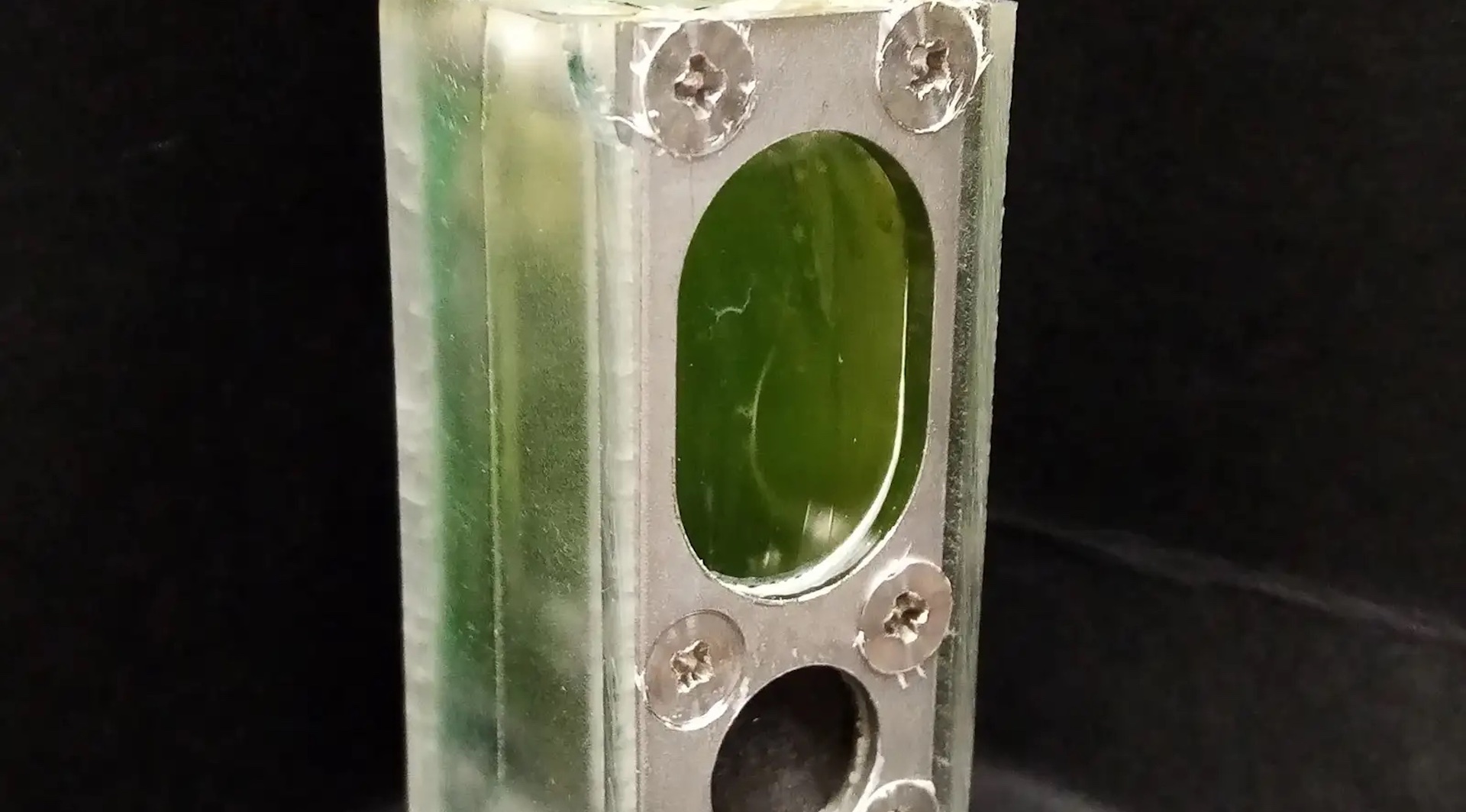Scientists have managed to power a microprocessor for several months thanks to the energy generated by the algae. This kind of progress, still on the fringes, is very encouraging for a world that depends on polluting energies. What if tomorrow, the little things connected every day were powered by plants?
When we talk to you about algae, you might just imagine the sticky plants clinging to your ankles as you walk in the sea. From today, you’ll also think of this tiny computer that scientists have been able to run for six months with nothing but algae.
These researchers from the University of Cambridge published on May 12, 2022 AD extract who are they study entitled ” Using photosynthesis to power a microprocessor “.
“ The system, which is about the size of an AA battery, contains a type of non-toxic algae called Synechocystis, which naturally harvests energy from the sun through photosynthesis. Thus, the generated small electric current interacts with an aluminum electrode and is used to power a microprocessor ‘Can we read?
So the object (in the photo below) is a kind of small battery, inside of which the photosynthesis of algae takes place, which generates energy. Unlike a battery, this small capsule not only stores energy, but also generates it. ” Our photosynthetic apparatus does not discharge like a battery, because it constantly uses light as an energy source. Professor Christopher Howe, one of the study’s senior authors, adds.

Algae for energy: how does it work and for what benefit?
What can these little “batteries” use for photosynthesis? According to the authors, sourcing would be a complementary solution. Too many little things », especially since the advent of the Internet of Things – the proliferation of connected everyday things that weren’t connected before, but are now.
In this experiment, the researchers turned on a microprocessor Arm Cortex M0 +, a type of microcomputer that is precisely used for small, everyday connected objects, such as watches. Arm was also involved in this research, and manufactured and supplied the processor.

The battery-algae system allowed the microprocessor to operate for six months, in a quiet environment, in front of a window, in broad daylight. ” We were impressed with how smoothly the system worked over a long period of time – we thought it might stop after a few weeks, but it persisted. Dr. Paolo Bombelli said in a press release.

What if tomorrow, the everyday little things (watches, motion detectors, smoke detectors) were fed not by polluted batteries, but by tiny capsules of algae? Cambridge academics believe this, arguing that in any case, lithium, used today for batteries, will never be in sufficient quantities in the world to be able to power all everyday things in the future.

“Certified gamer. Problem solver. Internet enthusiast. Twitter scholar. Infuriatingly humble alcohol geek. Tv guru.”





